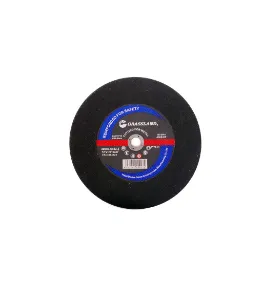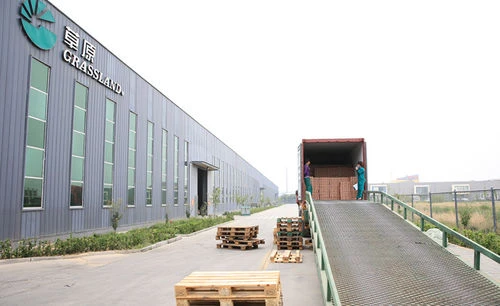

The working environment also factors into the optimal use of stone-cutting wheels. Ensuring a stable work area, free from distractions and hazards, is fundamental to delivering professional results. External conditions such as temperature and humidity may influence the wheel's performance, particularly in outdoor settings. Mastery of control and adaptation to these conditions is a hallmark of skilled operators, who leverage their expertise to adjust techniques and achieve flawless execution even in challenging environments. Investing time in understanding the manufacturer's guidelines for each specific wheel is invaluable. These guidelines often provide insights into the wheel's maximum RPM (rotations per minute), ideal for ensuring the wheel operates within safe and efficient parameters. Trusted professionals respect these guidelines, knowing that over-speeding a wheel can lead to catastrophic failure, while underuse may hinder productivity and effectiveness. To build further trust and proficiency, continuous education and practice are advised. Keeping abreast of technological advancements in cutting wheel compositions and designs is essential for remaining competitive and effective in a rapidly evolving industry. Joining forums, attending workshops, and networking with peers helps foster an environment of shared knowledge and continuous improvement. In conclusion, selecting the right stone-cutting wheel for an angle grinder is a decision steeped in experience, expertise, and practicality. By understanding the unique specifications and applications of different wheels, professionals can optimize their workflow, ensuring precision, safety, and satisfaction in every project. The informed choice of the right cutting wheel not only highlights one's authority in craftsmanship but also significantly enhances trust and credibility with clients and peers alike.
Post time:Feb - 15 - 2025

















